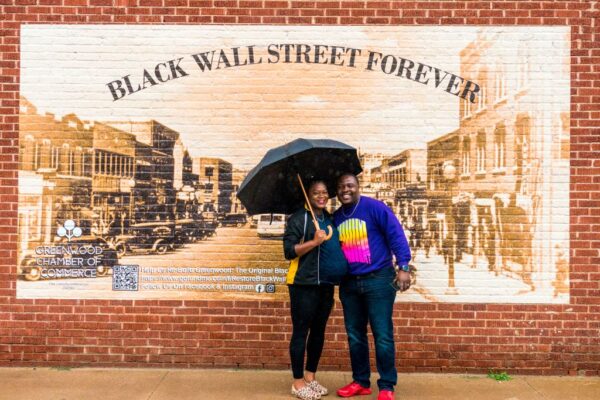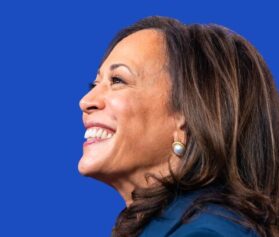A a new digital collection titled Land, Wealth, Liberation: The Making & Unmaking of Black Wealth in the United States has launched.

The collection examines how African Americans produced wealth. The collection is an Indiana University Libraries public open digital scholarship project, led by the Scholarly Communication Department with the collaboration of the Neal-Marshall Black Culture Center Library, the Lilly Library and the Education Library. The digital resource is hosted on IU Libraries Digital Exhibits.
The collection features “an interactive timeline with photos, videos, historical information, and resources for educators covering 1820 to 2020.” It provides an interactive, 200-year timeline of events that affected the history of Black wealth in the U.S., and is broken into five time periods.
According to Willa Tavernier, Indiana University research impact and open scholarship librarian, the national dialogue in 2020 around racial justice at a time of global protests over that very issue was the inception of the project.
“A lot of people didn’t understand the origin of the wealth gap,” Tavernier told Ebony. “I would say even at the beginning of the project, even my understanding of it did not stack up to what I found. Historically, there has been so much destruction and targeting of Black communities and wealth that’s more widespread than I realized.”
Some of the issues covered in the collection include predatory lending and redlining, as well as the history of lynching. The timeline features photos, videos and personal stories from those affected by such practices as redlining often because of the racial makeup of the applicant’s neighborhood. Redlining is an illegal discriminatory practice in which a mortgage lender denies loans or an insurance provider restricts services to certain areas of a community.
“I am extremely proud of my colleagues who have dedicated their time and expertise to amplifying the history and experiences of Black and Indigenous people,” Diane Dallis- Comentale, the Ruth Lilly Dean of University Libraries, told Indiana Daily Student.
The collection, which also includes a section on Afro-Indigenous intersection in the U.S., is available to anyone in Indiana to access. It is available at Indiana University Libraries Digital Exhibitions.
“One of the things storytelling does is bring humanity to the forefront,” said Tavernier.
“Some of this stuff is not so historical,” Valerie Grim, professor of African American and African Diaspora Studies at Indiana University-Bloomington, said. “You still have people being harmed and hurt.”
The digital resource also includes guides to teaching about specific events in the history of Black wealth in the U.S., such as the Tulsa Race Massacre, and the effect housing inequality had on the Hayti neighborhood in Durham, North Carolina. The Hayti neighborhood in Durham was considered North Carolina’s Black Wall Street during the late 1800s and early 1900s. By the 1970s, the area had become blighted and the construction of Durham Freeway 147 ran directly through and destroyed the neighborhood of Hayti. It severed Durham’s central Black business district, disrupted more than 100 Black businesses and displaced hundreds of Black families, according to The Chronicle from Duke University.




